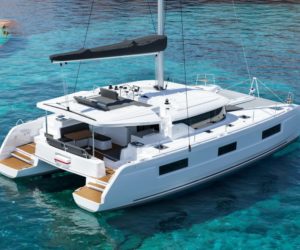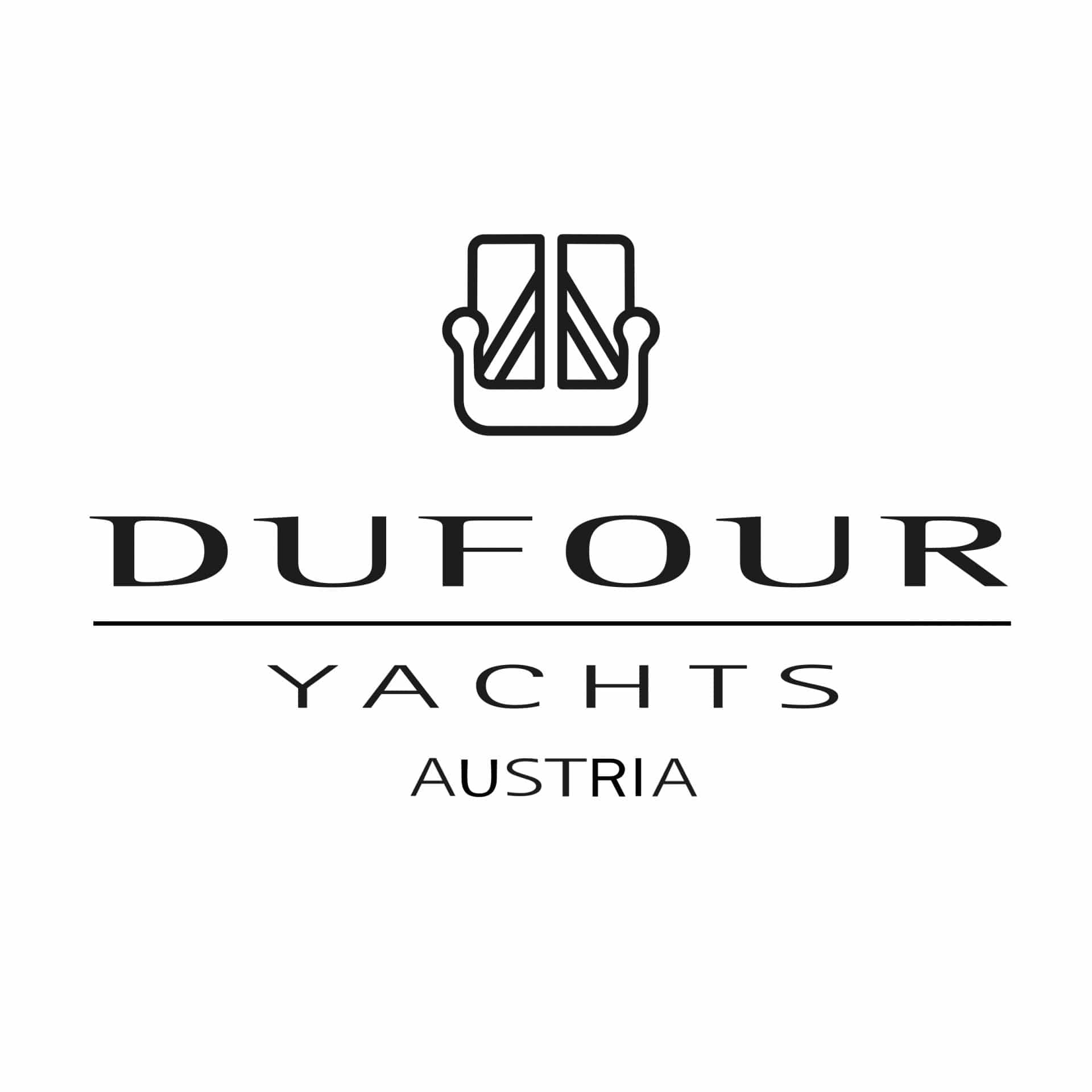History of Cres
The history of Cres: a journey into the past

Early history and antiquity
The first traces of human settlement on Cres date back to prehistoric times. Archaeological finds indicate that the island was already inhabited in the Stone Age. In ancient times, Cres was known to the Greeks and later to the Romans. The Romans left behind numerous traces, including villas, mosaics and water pipes, which bear witness to the advanced life on the island.
The Middle Ages and Venetian rule
With the decline of the Roman Empire and the rise of Byzantine power, Cres experienced a turbulent time. In the Middle Ages, the island became an important hub in the Adriatic Sea. From the 9th century, Cres belonged to the Byzantine Empire, later coming under the control of the Croats and Hungarians.
In the 15th century, a new era began for Cres under the rule of the Republic of Venice. This period was characterised by economic prosperity and cultural flourishing. The Venetians built magnificent palaces and churches, many of which still characterise the townscape today. The old town centre of Cres with its narrow streets and historic buildings tells the story of this glorious period.
The Habsburg Monarchy and modern times
After the fall of Venice in 1797, Cres became part of the Habsburg monarchy. This period brought further changes and modernisation. During the 19th century, the island experienced an economic boom, particularly through agriculture and trade. Cres was known for its olive oil production and livestock farming, which still plays an important role today.
After the First World War and the collapse of the Habsburg Monarchy, Cres became part of Italy. This transition was not easy for the islanders, but the cultural influences of Italy are still visible today. After the Second World War, Cres became part of Yugoslavia and has been part of independent Croatia since 1991.
Cres today
Today, Cres is a thriving municipality that is proud of its rich history. The island has become a popular tourist destination, attracting visitors from all over the world. It offers a mix of historical sights, beautiful nature and traditional Croatian hospitality.
Visitors can explore the old town of Cres, which still exudes the charm of times gone by. The Franciscan monastery and the Church of St Francis bear witness to the island’s deep religious tradition. The Cres Museum offers insights into the island’s eventful history, from antiquity to modern times.
The nature of Cres is equally impressive. The island is known for its unspoilt beaches, crystal-clear waters and abundant wildlife, including the rare griffon vulture. Hiking trails lead through picturesque landscapes and offer spectacular views of the Adriatic Sea.
Our summary
The history of Cres is an exciting chapter in the history of the Adriatic coast. From ancient times to the present day, the island has undergone numerous changes that have made it what it is today: a place full of history, culture and natural beauty. Whether you’re interested in archaeology, architecture or simply the idyllic landscape, Cres has something for everyone and remains a testament to its rich and diverse past.
































